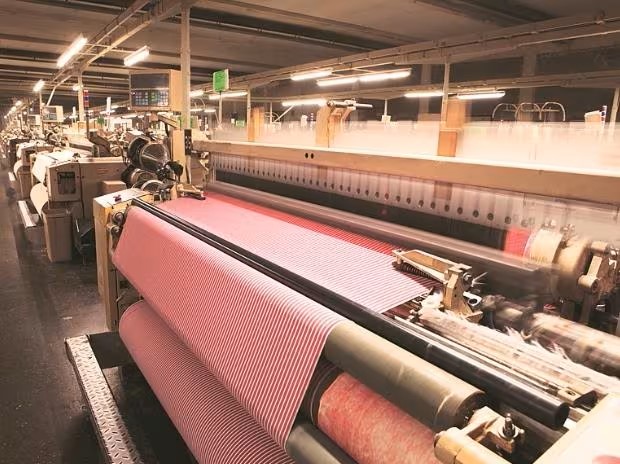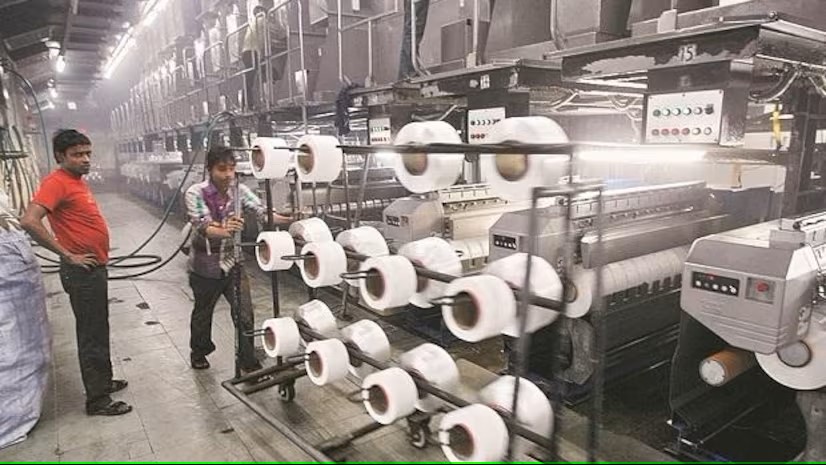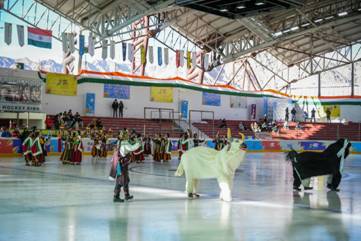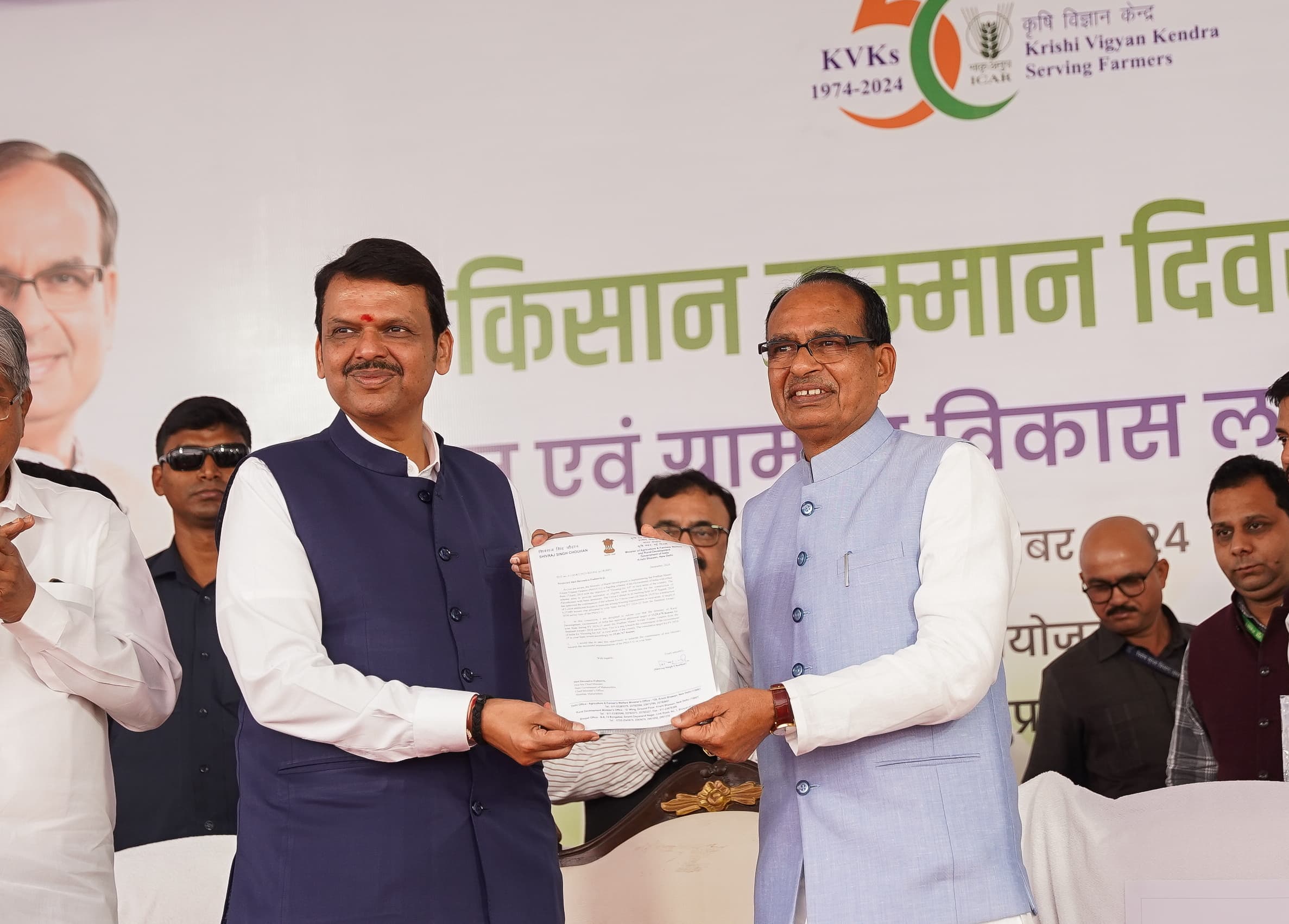The Indian textile industry, a vibrant tapestry woven into the nation’s economic and cultural fabric, is transforming. The Amended Technology Upgradation Fund Scheme (ATUFS), a government initiative launched in 2017, has emerged as a potent catalyst, injecting over Rs. 1,416 crore into the sector’s modernization efforts over the past three years (2020-21 to 2022-23). This financial infusion, reaching over 6,400 textile units across diverse segments, signifies a commitment to propelling the industry towards global competitiveness and sustainable growth.
 While the overall figures paint a promising picture, delving deeper reveals the scheme’s nuanced impact across various segments:
While the overall figures paint a promising picture, delving deeper reveals the scheme’s nuanced impact across various segments:
- Garment and Made-up Manufacturing: A shot in the arm of Rs. 130 crore empowers apparel and home textile units to embrace cutting-edge technologies, enhancing product quality and design capabilities to cater to discerning global markets.
- Processing: A significant Rs. 291 crore fuels modernization in yarn, fabric, and garment processing units, ensuring adherence to stringent quality standards and environmental regulations, while also enabling value-added finishing techniques.
- Technical Textiles and Non-wovens: Rs. 244 crore fosters innovation in the burgeoning field of industrial and functional textiles, propelling India’s foray into advanced applications like medical textiles, protective gear, and composites.
- Spinning: The bedrock of the textile value chain, spinning units receive Rs. 248 crore, enabling them to upgrade machinery and adopt automation, leading to increased productivity and improved yarn quality.
- Weaving and Knitting: With Rs. 570 crore, weaving and knitting units can modernize their looms and knitting machines, resulting in faster production cycles, greater design flexibility, and enhanced fabric quality.
- Multi-activity Units: A holistic approach sees Rs. 795 crore supporting comprehensive modernization across diverse textile operations within these units, fostering efficiency and competitiveness across the board.
- Other Segments: Rs. 107 crore caters to the diverse needs of specialized segments like hosiery, lace, and embroidery, ensuring inclusivity and fostering growth across the entire textile ecosystem.
Recognizing the textile industry’s environmental footprint, ATUFS prioritizes sustainability. Over 1,100 energy-saving machines have been incentivized, leading to reduced power consumption and carbon emissions. This not only translates to cost savings for textile units but also contributes to India’s climate change mitigation goals.
The initial year of the scheme saw lower disbursements due to procedural changes and settling liabilities from previous schemes. However, the subsequent years witnessed a significant ramp-up, reflecting the government’s unwavering commitment to long-term modernization efforts.
Initiatives like ATUFS are crucial for the Indian textile industry to thrive in the dynamic global market. By facilitating technological advancements, promoting energy efficiency, and fostering innovation, the scheme paves the way for a more sustainable and competitive future. As India aspires to become a global textile leader, ATUFS acts as a vital thread, weaving together a future where quality, innovation, and sustainability are seamlessly integrated into the fabric of the nation’s textile industry.



